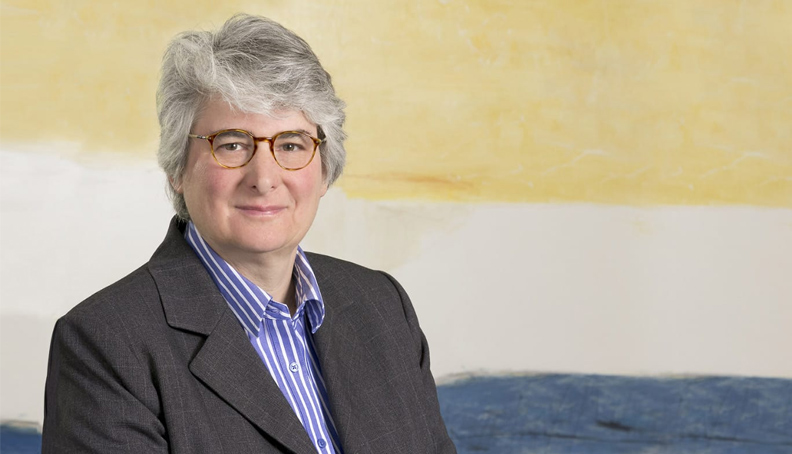Divorce rate is a notoriously tricky thing to measure.
You’re probably familiar with the adage that, in the U.S., “50% of all marriages end in divorce.”
This widely-known yet highly contested figure originated with projections made in the late 1970s (when divorce was on a sharp upward trend), and its accuracy depends mainly on how you count.
As Business Insider explains, on the surface, it seems simple—look at the ratio of marriages to divorces in any given year. Divide the overall divorce rate (typically represented as the number of divorced people per 1000) by the overall marriage rate in that same year to get a percentage. You’ll typically get a divorce rate close to half.
But many experts say that’s misleading.
Counting that way, you’re not looking at the same couples getting married and divorced. And therefore, that statistic doesn’t account for variability across generations, for example—which is how you can observe a trend.
To get a more accurate picture, says Business Insider, you must analyze how many people got married and subsequently divorced. The primary way experts do this is to track the durability of actual marriages—how many couples that got married in a given year made it to, say, the 10- or 15-year mark?
The statistical models are very complex, but analyzed that way, some researchers say, the numbers look pretty different—and reveal a divorce rate that has been slowly but steadily dropping for decades. Marriages that began in the 2000s were significantly more likely to reach the 15-year mark than marriages started in the 1990s; those begun in the 1990s celebrated a 15th anniversary more often than those started in the 1980s, and so on back into the 1970s.
Some research shows that the divorce rate topped out at about 41% in the 1980s and has decreased since.
However, a decline in the divorce rate doesn’t tell the whole story either because divorce among specific populations is way up and rising—especially among couples over 50, dubbed the gray divorce phenomenon.
A divorce boom among baby boomers
Research shows that baby boomers, born between 1946 and 1964, are divorcing more often. Consider these statistics:
- New findings from Bowling Green State University’s National Center for Family and Marriage Research, released this past summer, showed that between 1990 and 2021:
- Divorce rates rose among people 45 and older while decreasing among those under 45.
- While it used to be relatively rare for older couples to call it quits, gray divorce doubled between 1990 and 2010 to 27% and rose to 36% by 2021
- The most notable increase was among people 65 and over—tripling in the same period.
- Today people 65 and over account for a quarter of all divorces.
Data reported in January by Forbes Advisor shows divorce rates among older adults:
- Age 55 to 64 – 46%
- Age 65 to 74 – 39%
- Age 75+ – 24%”
According to a 2021 report by the U.S. Census Department, 34.9% of yearly divorces involved couples aged 55 years or older.
What accounts for the Gray Divorce trend?
First, in statistical terms, experts point out that the younger generations are also marrying at lower rates or putting it off until later—so fewer marriages among that set mean fewer divorces.
Boomers tended to marry younger, say, before about 25, which some studies suggest correlates to an increased likelihood of divorce. And marrying younger also means that if they divorced, they had more time to remarry—and 2nd and 3rd marriages have an even higher divorce rate than first marriages.
Some unhappy couples decide to stay together until the kids are out of the house, while for others, the empty nest causes them to reassess the relationship.
Couples may also grow apart because they’re at different stages, and their goals and lifestyles are no longer aligned. For example, a partner who focused on a career for decades may be looking toward retirement, while a spouse who stayed home with children may be excited to reignite a former career or enter the workforce for the first time.
Cultural factors also have an impact. More women are financially independent today than in earlier decades. Divorce carries less societal stigma than it once did. People also live longer and have different expectations for their golden years.
However, it’s essential to be aware that a gray divorce comes with particular concerns and considerations. Mature couples often have more assets, making property division more complex. The same goes for retirement benefits, which can be more pressing for older people. Spousal support issues can also be challenging, as one partner may have been out of the workforce for many years. Health insurance and medical expenses take on more urgency as we age. And women should be aware that statistically, their standard of living declines much more significantly than men’s following divorce—45% vs 21%. Both partners may see a wealth reduction of 50%, but many women have less work experience to fall back on. Divorce is always expensive, but historically, it’s more costly for women, and that can be critical when your split comes later in life.
Whatever your age or stage when you decide to divorce, the veteran family attorneys at SFLG can help you navigate your unique dissolution and help you reach a favorable outcome.
By Debra Schoenberg







